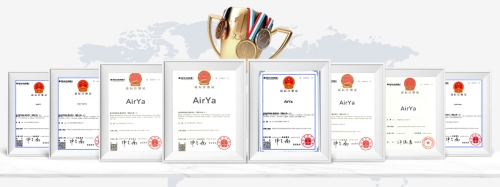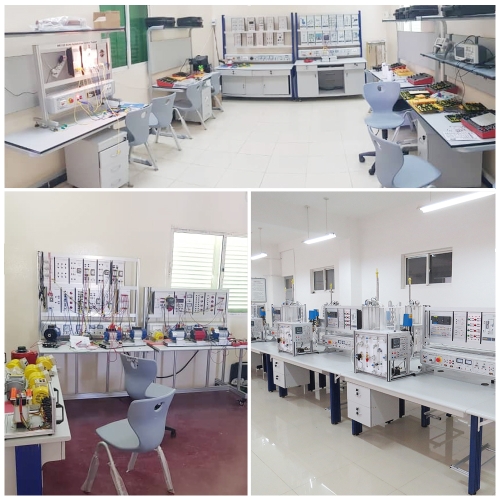CEQ Corrosion Studies Kit Didactic Equipment Vocational Training Equipment Chemical Engineering
DESCRIPTION
Corrosion represents a significant factor in determining durability and safety of industrial processes. Student engineers need to fully understand the effects of corrosion and how these can be anticipated and prevented.
The corrosion studies kit uses a number of simple items of equipment in a series of tests, designed to demonstrate to the student how potentially corrosive situations may be recognised and avoided. Although the experiments refer principally to steel water systems, the apparatus may be used as a test bench for other chemical systems.
The equipment allows for the simultaneous study of up to eight corrosion cells of whatever type is selected according to the teaching syllabus being followed. Each test cell allows for the immersion of three similar test specimens in the test liquid at any one time, to eliminate ‘rogue’ results from atypical metal samples. Each sample is mounted in a manner that minimises secondary effects and the metal surface of known area is exposed to the test liquid.
Corrosion rates are measured both by visual observation and direct weighing after a known period of immersion. Stirring is by air or inert gas agitation.
All connecting glass and plastic tubing is provided, as are the appropriate supports for the specimens and glass test cells. A digital pH meter and microsensor is supplied to ensure the correct strength of initial test solutions. For the study of electrochemical corrosion effects, a low-voltage supply is included together with all necessary electrical connections. Initial buffer powders of pH 4, 7 and 9 are supplied.
The apparatus requires approximately 2m2 of laboratory bench space for experimentation by two students. A full instruction manual is provided explaining how each corrosion cell situation is set up and the results assessed.

 TECHNICAL SPECIFICATIONS
TECHNICAL SPECIFICATIONS
POWER SUPPLY UNIT:
Outputs:
0-15V at 2A
0-30V at 1A
AIR PUMP: DIAPHRAGM TYPE
Air flow rate: 6 l/min
Max head: 0.8 kg/cm²
Max power of motor: 0.05kW
DIGITAL PH MICROSENSOR AND PH METER:
Range of pH meter: 0-14pH
Resolution: 0.01pH
Accuracy: ±0.01pH
Dimensions: 195 x 29 x 15mm
BEAKER (X8): BOROSILICATE GLASS (PYREX)
Capacity: 1,000ml
Electrodes: Platinum
Test piece samples: Zinc, mild steel, copper, brass
EXPERIMENTAL CONTENT
The influence of pH on corrosion – To examine the effect of pH on the rate of corrosion of steel.
Effect of dissolved oxygen concentration – To examine the effect of brine (sodium chloride solution) with or without the presence of oxygen, on the corrosion of steel.
Galvanic action – To demonstrate the effect of electrically connecting together two dissimilar metals in a solution to form an electro-chemical cell.
Electrolytic corrosion – To show that stray voltages between metals in a corrosive environment can greatly affect the rates of corrosion.
Cathodic protection by impressed voltage – To demonstrate that the setting up of a ‘corrosion cell’ with dissimilar metals in contact may be opposed by applying a voltage from an external power supply.
Corrosion Inhibition – To show that the corrosion of steel may be reduced by the use of certain chemicals (inhibitors).
Stress Corrosion – To examine the effect of internal stress on the corrosion rate of steel.
Prevention of scaling

